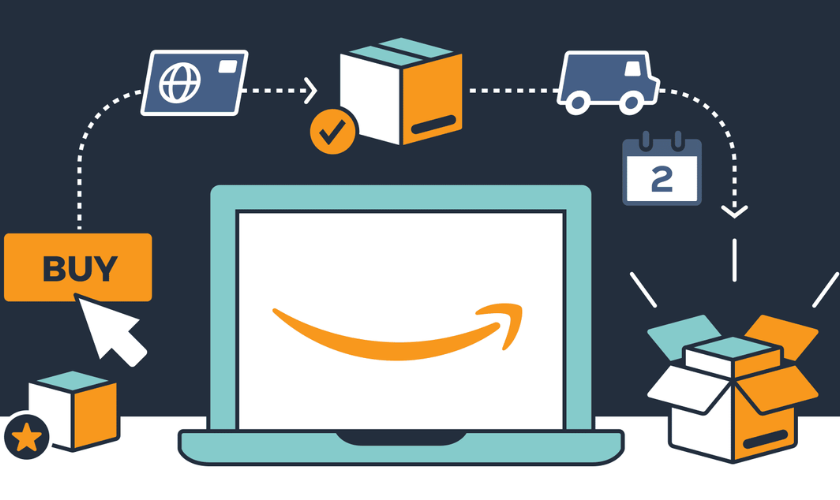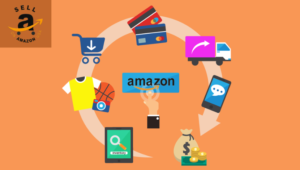Selling on Amazon offers immense potential for expanding your business worldwide. Through Amazon’s Global Selling Program, you can reach customers across multiple regions, giving your brand international visibility and helping you grow sales beyond local markets. In this comprehensive guide, we’ll walk through the key steps and strategies for successfully selling on Amazon globally covering account setup, logistics, marketing, and tips to ensure your success.
1. Understand Amazon’s Global Marketplaces
Amazon operates multiple marketplaces across the globe, from North America to Europe and Asia. Each marketplace caters to its own set of consumers, with varying demand, language, and preferences. To start selling on Amazon globally, decide which marketplaces are most relevant for your products based on demand, competition, and logistical feasibility.
2. Create An Amazon Seller Account For International Selling
You’ll need a professional seller account to access Amazon’s global marketplaces. Once you’ve created an account, you can apply for Amazon Global Selling, which allows you to list your products on multiple marketplaces with one account. Amazon’s Unified Account lets sellers in North America, Europe, and Asia manage all international listings from a single interface, making it easier to oversee inventory and sales across regions.
3. Understand Compliance And Regulations
Each country has unique import regulations, tax requirements, and labeling standards. Research these regulations carefully to ensure compliance:
- Product Regulations: Familiarize yourself with each country’s regulations for product safety, labeling, and packaging. Certain products may require additional certifications.
- Taxes and Duties: Understand import duties and VAT or GST requirements. Amazon can assist with tax calculations for certain countries, but consult with a tax advisor to make sure you’re fully compliant.
- Intellectual Property and Trademark Laws: Make sure your products don’t infringe on existing trademarks in target countries. Registering your brand with the Amazon Brand Registry can provide additional protection.
4. Manage International Logistics
One of the biggest challenges when selling globally is managing logistics. Amazon offers two primary fulfillment options to help:
- Fulfilled by Amazon (FBA): Using FBA, Amazon will handle storage, packing, shipping, and customer service on your behalf. FBA is available in several major markets, making it easier to enter international markets without managing local warehouses.
- Seller-Fulfilled International Shipping: Alternatively, if you prefer to handle your own shipping, you can use the Seller Fulfilled Prime (SFP) program or select local shipping carriers. This option gives you more control over the shipping process, though it requires a reliable network and understanding of each market’s shipping nuances.
5. Localize Your Listings For Each Market
Product listings optimized for a global audience will resonate better with local consumers:
- Translate Listings: Use professional translation services to ensure your listings are clear and accurately convey the benefits of your product. Amazon provides a listing translation service, but you may want to consult local experts for better localization.
- Local Keywords and SEO: Keyword trends vary by country, so research keywords in the native language of each marketplace. Tools like Helium 10 or Jungle Scout can help identify popular search terms specific to each Amazon region.
- Adapt to Local Preferences: Pay attention to local buying habits, seasonal trends, and cultural factors that might influence how customers view your products.
6. Manage Currency Conversion And Pricing
When selling on multiple Amazon marketplaces, managing pricing across currencies is essential. Amazon provides a currency converter to receive payouts in your local currency. Consider exchange rates, international transaction fees, and taxes when setting your prices for each marketplace to ensure profitability.
7. Promote Your Products On Amazon’s International Marketplaces
To succeed globally, you’ll need to invest in Amazon’s advertising options:
- Sponsored Products, Sponsored Brands, and Sponsored Display Ads: Use Amazon’s advertising options to reach international audiences and increase product visibility. Tailor ad copy for each region to align with local language and culture.
- Deals and Promotions: Running discounts or participating in Amazon’s country-specific sale events can help you attract new international customers.
- Product Reviews and Ratings: Reviews can significantly impact conversion rates. Encourage satisfied customers to leave positive reviews by providing quality service and follow-up communication.
8. Optimize Customer Service And Support
Providing reliable customer service is crucial when selling globally:
- Multilingual Support: For FBA sellers, Amazon handles customer service in the local language. For Seller-Fulfilled options, you may need to provide support in multiple languages, so consider hiring local representatives or using translation tools.
- Return Policy Management: Each country has specific return policies, which may affect how you handle returns internationally. Familiarize yourself with local return policies and make sure your product packaging includes return instructions.
9. Analyze And Adapt Based On Market Insights
As you expand, monitor key performance metrics like conversion rates, return rates, and customer feedback in each marketplace. Regularly analyze this data to refine your strategies, adapt listings, and adjust pricing to maintain competitiveness. Markets evolve, and adapting to changing consumer behavior will help sustain success on Amazon’s global platforms.
How Long Does It Take To Establish A Presence And See Results?
Selling on Amazon globally is a long-term investment, as it can take several months to establish a solid presence in a new marketplace. With consistent optimization and a well-planned strategy, you might start seeing sales within 3-6 months, with substantial growth achievable within 12-18 months depending on demand, competition, and product quality.
Expanding to Amazon’s global marketplaces is a powerful way to reach customers worldwide and grow your brand’s influence. By understanding the requirements of each market, optimizing listings, and investing in international advertising, you can establish a thriving presence. With patience, research, and a commitment to quality, selling on Amazon globally can open up new and rewarding opportunities for your business.





